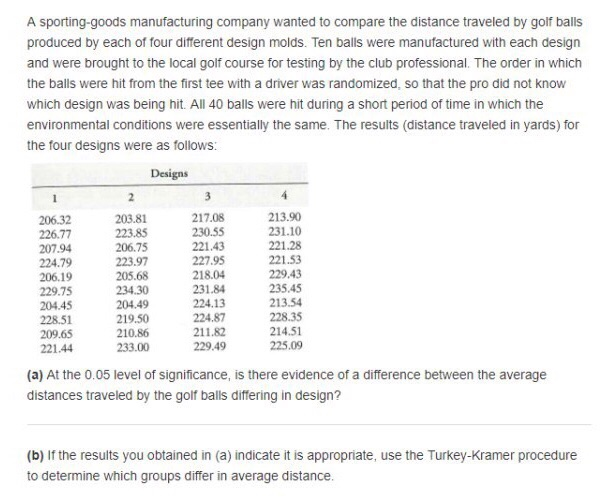

Two groups consequently developed outbred mouse models over more than 100 generations of selection. In contrast to classical inbred mouse models, several attempts have been made to select for higher fertility through selective breeding, for example, in pigs and rabbits ( Johnson et al. Typically, enhanced litter sizes of 10–20% have been reported. However, it should be noted that physiological consequences are moderate in these animal models. A higher ovulation rate due to an accelerated reproductive cycle has also been described for Gpr149-knockout females ( Edson et al. Due to the genetic inactivation of the Bcl-2 gene, affected females show decreased ovarian somatic cell apoptosis followed by enhanced folliculogenesis and a higher ovulation rate ( Hsu et al. Only approximately a dozen transgenic or knockout inbred mouse models show an increased fertility phenotype. Therefore, only ~1% of mouse models showing a fertility phenotype are associated with the annotations ‘enhanced fertility’ and/or ‘increased litter size’ (Mouse Genome Informatics, MGI – Mouse models showing an increased fertility phenotype can be divided into two groups: (i) ‘classical’ transgenic or knockout inbred models and (ii) outbred mouse models. In contrast, fertility phenotypes associated with increased fertility are not as easily detectable, as subtle increases in litter size could easily be overlooked. A fertility phenotype causing sub or infertility is easily detectable in a standard breeding protocol if a novel mouse model has been developed, even if the focus of the research is not primarily addressing fertility questions. Among them, approximately 99% show a decreased fertility phenotype.

Worldwide, more than 1000 mouse models show a specific fertility phenotype ( Matzuk & Lamb 2008, Jamsai & O’Bryan 2011, Ogorevcet al. Thus, these mouse lines might serve as valuable mouse models for investigating lifetime productivity and longevity in farm animals.įertility research takes advantage of using informative animal models. The presented data demonstrate that two biodiverse, highly fertile mouse lines selected for large litter size at first delivery show different lifetime reproductive fitness levels. Repeated delivery of litters with high offspring numbers did not affect the general health of FL females. With the exception of ctrl, litter sizes declined from litter to litter. FL2 females produced the largest average litter sizes (20.4 pups/litter) in the first four litters however, they displayed a reduced number of litters. In line with this observation, FL1 delivered the most pups per lifetime (85.7/female). Whereas FL1 and ctrl delivered up to nine and ten litters, none of the DU6 and DU6P females gave birth to more than five litters. We tested the hypothesis that selection for large litter size at first parturition would also increase lifetime fecundity in mice, and we observed very large differences between lines.
/cdn.vox-cdn.com/uploads/chorus_image/image/70187396/1229878063.0.jpg)
In the present study, we compared the lifetime fecundities of two highly fertile mouse lines (FL1 and FL2: >20 offspring/litter at first delivery) with those of an unselected control line (ctrl) and two lines that were selected for high body weight (DU6) and high protein mass (DU6P) without selection pressure on fertility. However, lifetime fecundity appears to be economically more important for the husbandry of many polytocous species for which mouse lines might serve as bona fide animal models (e.g. We recently described two outbred mouse lines that were selected for large litter size at first delivery.


 0 kommentar(er)
0 kommentar(er)
